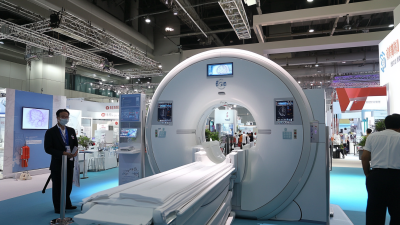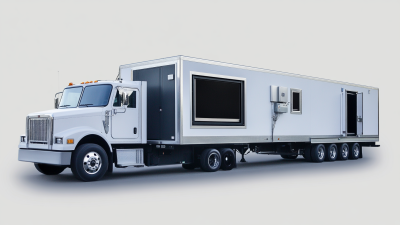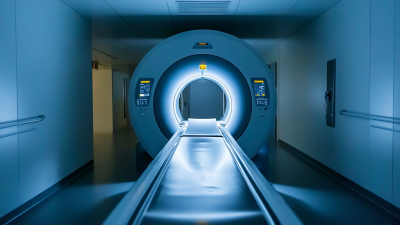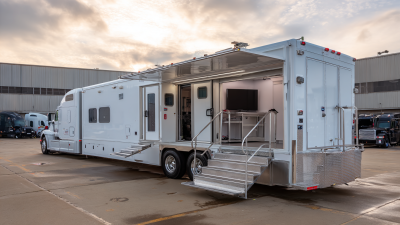In the ever-evolving landscape of healthcare technology, Mobile CT has emerged as a transformative tool that enhances patient diagnosis and treatment capabilities. This portable imaging solution not only offers the flexibility to conduct scans at the patient's bedside or in emergency situations but also significantly reduces the time it takes to obtain critical diagnostic information. Medical professionals can now deliver rapid and accurate assessments, leading to timely interventions that can be life-saving.
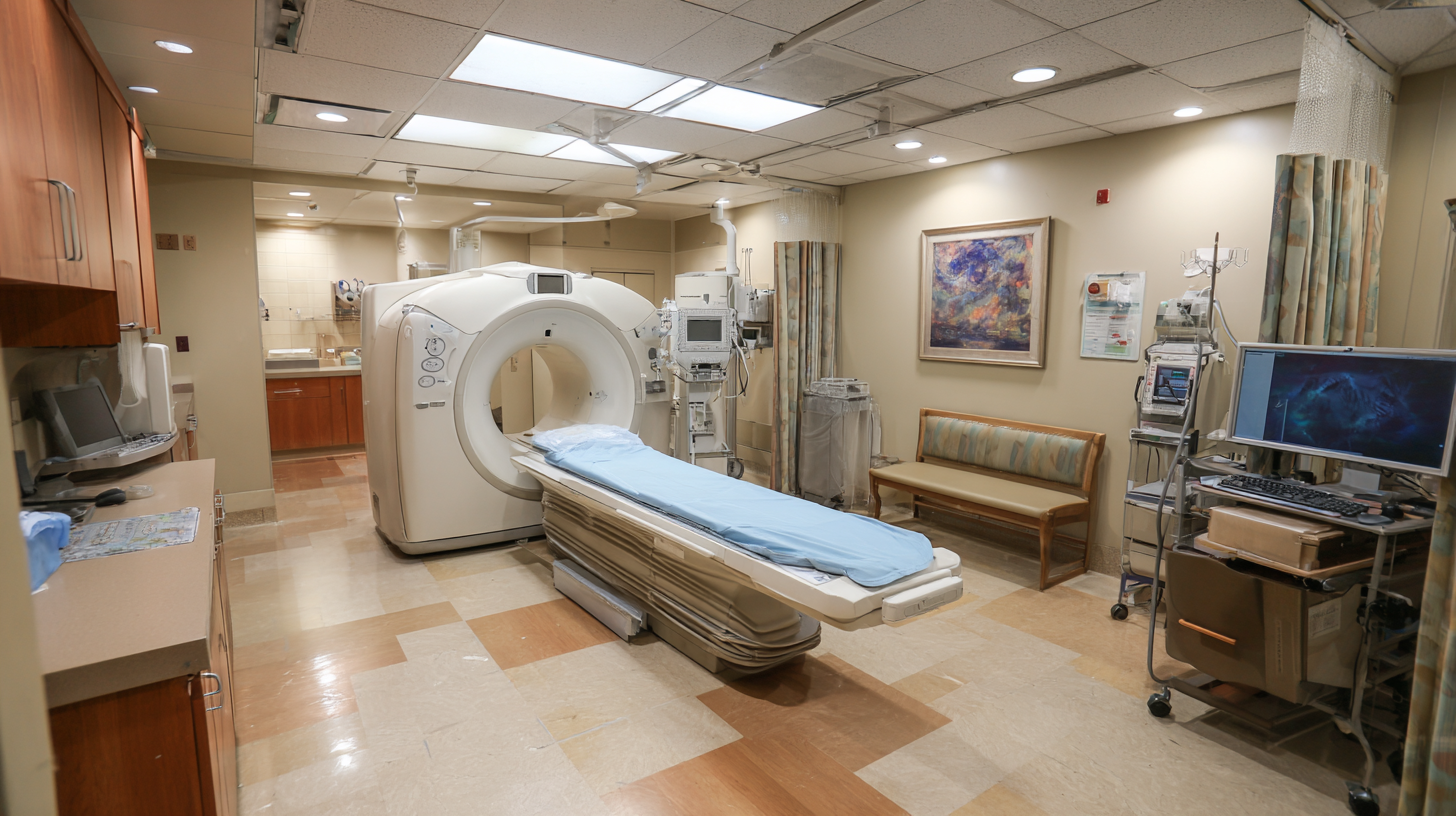
Furthermore, Mobile CT facilitates imaging in various settings, including hospitals, outpatient clinics, and even remote locations, thereby bridging gaps in access to high-quality healthcare. This article explores practical strategies for effectively utilizing Mobile CT in clinical practice, focusing on improving patient outcomes through enhanced diagnostic accuracy and streamlined treatment processes.
By harnessing the power of Mobile CT, healthcare providers can revolutionize their approach to patient care, ensuring that individuals receive the timely attention they deserve.
Mobile CT technology has revolutionized patient diagnosis and treatment by providing portable imaging solutions directly at the point of care. This advancement minimizes the need for patient transportation, which can often lead to delays in critical diagnostics. A report from MarketsandMarkets indicates that the mobile CT market is expected to reach USD 1.6 billion by 2025, reflecting a growing recognition of its significance in emergency departments and remote locations.
The applications of mobile CT are vast, ranging from trauma cases to routine screening in underserved areas. With a quicker turnaround time for scans, healthcare providers can make more informed decisions, ultimately enhancing patient outcomes. According to a study published in the Journal of Emergency Medicine, mobile CT usage improved diagnostic accuracy by 20% in trauma cases, underscoring its value in fast-paced clinical environments.
**Tips for Implementing Mobile CT:**
1. Ensure staff is trained on the operation and maintenance of mobile CT units to maximize efficiency and safety.
2. Integrate mobile CT into existing workflows to streamline processes and minimize disruptions.
3. Collaborate with local healthcare facilities to expand outreach and provide imaging services to remote communities.
Mobile CT technology is revolutionizing the way clinicians approach patient diagnosis and treatment. One of the primary advantages of utilizing mobile CT is the significant reduction in time between imaging and diagnosis. With the ability to bring the imaging equipment directly to the patient, healthcare providers can expedite the process, leading to faster decision-making and treatment initiation. This is particularly beneficial in emergency situations where prompt diagnosis can dramatically affect patient outcomes.
Additionally, mobile CT enhances accessibility for patients who may have difficulty reaching traditional imaging facilities. Rural or underserved populations can particularly benefit, as mobile units can travel to remote areas, ensuring that everyone has access to essential diagnostic services. This approach not only broadens the reach of healthcare services but also reduces the need for patients to endure patient transfers, which can be stressful and risky. By combining convenience with advanced imaging capabilities, mobile CT is transforming diagnostic practices and improving overall patient care.
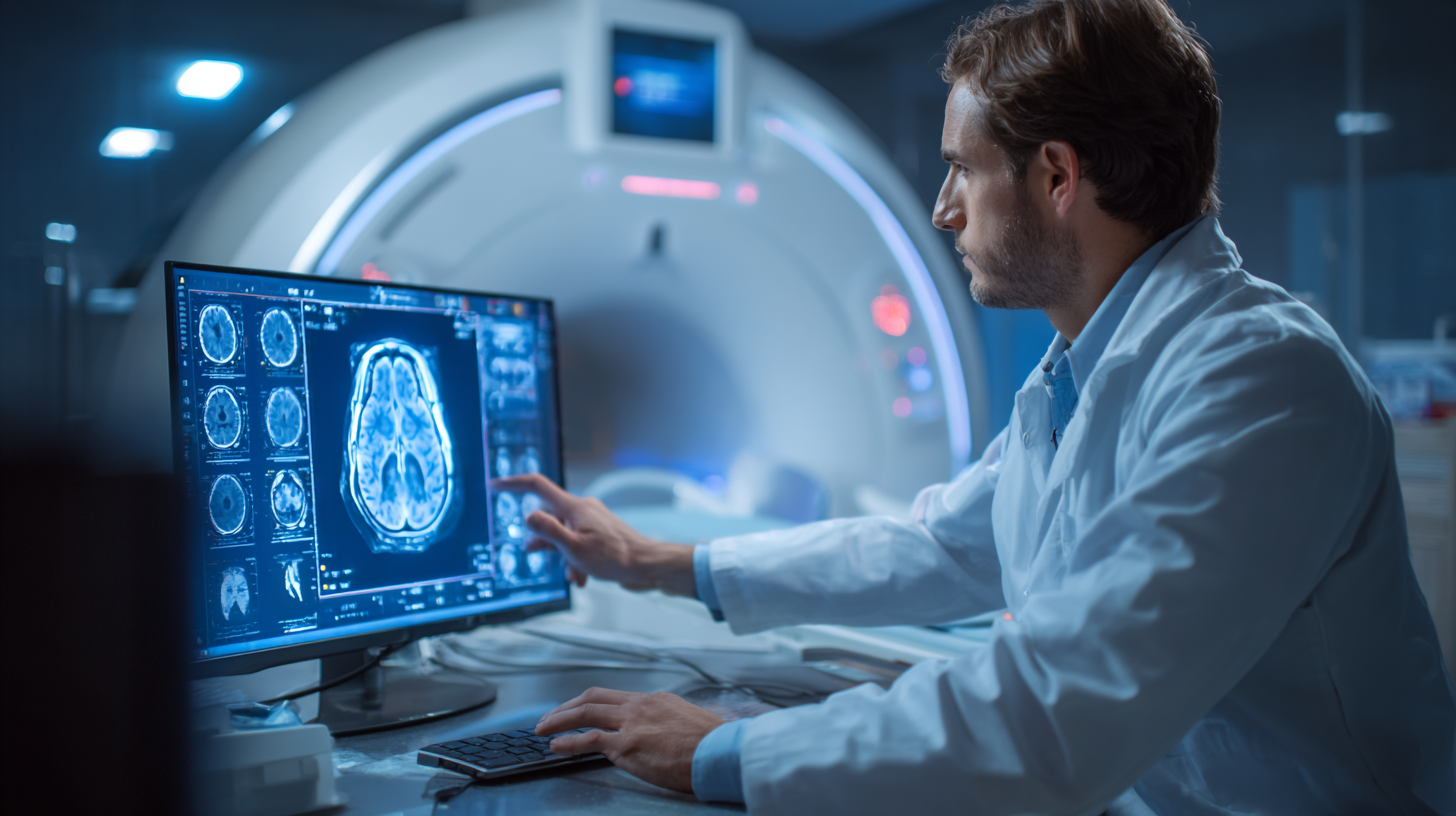
The integration of mobile CT in clinical settings has revolutionized patient diagnosis and treatment, offering a flexible solution that improves access to advanced imaging technologies. According to a report by Markets and Markets, the global mobile CT market is expected to reach $1.8 billion by 2025, growing at a CAGR of 6.2%. To effectively implement mobile CT, healthcare facilities should focus on best practices, beginning with proper site selection. Ensuring that the mobile unit is placed in high-traffic areas can enhance patient throughput and optimize workflow.
Furthermore, staff training is crucial in maximizing the benefits of mobile CT. A study published in the Journal of Radiology found that facilities that invested in comprehensive training programs saw a 20% reduction in imaging errors and improved patient satisfaction scores. Additionally, maintaining strong communication among radiologists, technologists, and referring physicians is essential. Implementing protocols for timely reporting of results can lead to faster clinical decisions, ultimately improving patient outcomes and streamlining the healthcare delivery process. By embracing these best practices, healthcare providers can unlock the full potential of mobile CT technology.
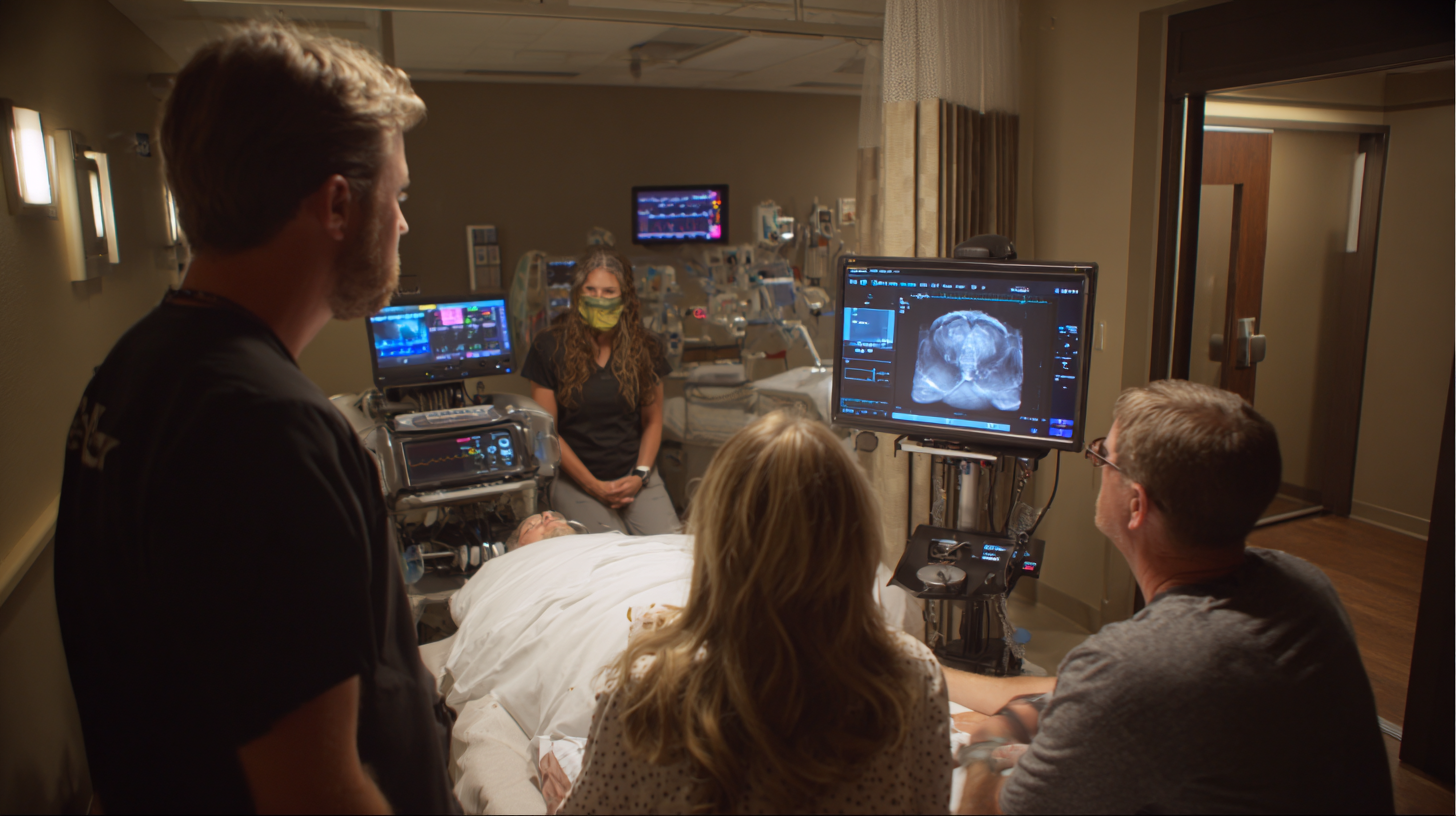
The integration of mobile CT technology with existing healthcare systems presents a significant opportunity to enhance patient diagnosis and treatment. Mobile CT units can seamlessly connect to hospital networks, allowing real-time access to imaging data for healthcare providers. This interoperability ensures that physicians can quickly retrieve and analyze patient scans, facilitating timely decision-making in critical situations. Furthermore, the incorporation of advanced data analytics and machine learning algorithms into these systems can assist in identifying patterns and anomalies in imaging, which can drastically improve diagnostic accuracy.
Moreover, the flexibility of mobile CT allows for its deployment in various settings, including remote clinics and emergency response situations. This adaptability is vital for reaching underserved populations where access to traditional imaging facilities may be limited. By integrating mobile CT units into telemedicine platforms, healthcare providers can remotely consult with radiologists and specialists, fostering collaborative approaches to patient care. As these technologies evolve, their synergistic effects will likely lead to more efficient healthcare delivery models, ultimately benefiting patients through quicker diagnoses and more precise treatment plans.
| Parameter | Value | Unit | Notes |
|---|---|---|---|
| Scan Time | 5 | minutes | Rapid scanning capability for emergency cases. |
| Image Resolution | 0.5 | mm | High precision images for accurate diagnosis. |
| Patient Throughput | 20 | patients/hour | Efficient use in busy healthcare environments. |
| Integration Cost | 20000 | USD | One-time implementation cost for integration. |
| Training Duration | 2 | weeks | Training for healthcare personnel on the mobile CT use. |
Training healthcare professionals is crucial for the effective use of mobile CT technology in enhancing patient diagnosis and treatment. As mobile CT units become more prevalent in various healthcare settings, from emergency rooms to rural clinics, staff must be adept at operating these advanced devices. Comprehensive training programs should focus on both the technical aspects of mobile CT operation and the integration of this technology into existing workflows. Such training should include hands-on sessions, simulated scenarios, and ongoing education to ensure that healthcare providers are confident and competent in using mobile CT effectively.
In addition to technical training, healthcare professionals must also be educated on the best practices for patient interaction during mobile CT procedures. This includes understanding how to prepare patients for scans, explaining the process to alleviate anxiety, and ensuring that the highest safety standards are maintained. By equipping staff with both technical skills and interpersonal communication abilities, healthcare facilities can maximize the benefits of mobile CT technology, ultimately leading to improved patient outcomes and more efficient care delivery.
This chart illustrates the number of mobile CT scans performed at various hospitals in 2023, highlighting the increasing integration of mobile CT technology in patient diagnosis and treatment.
